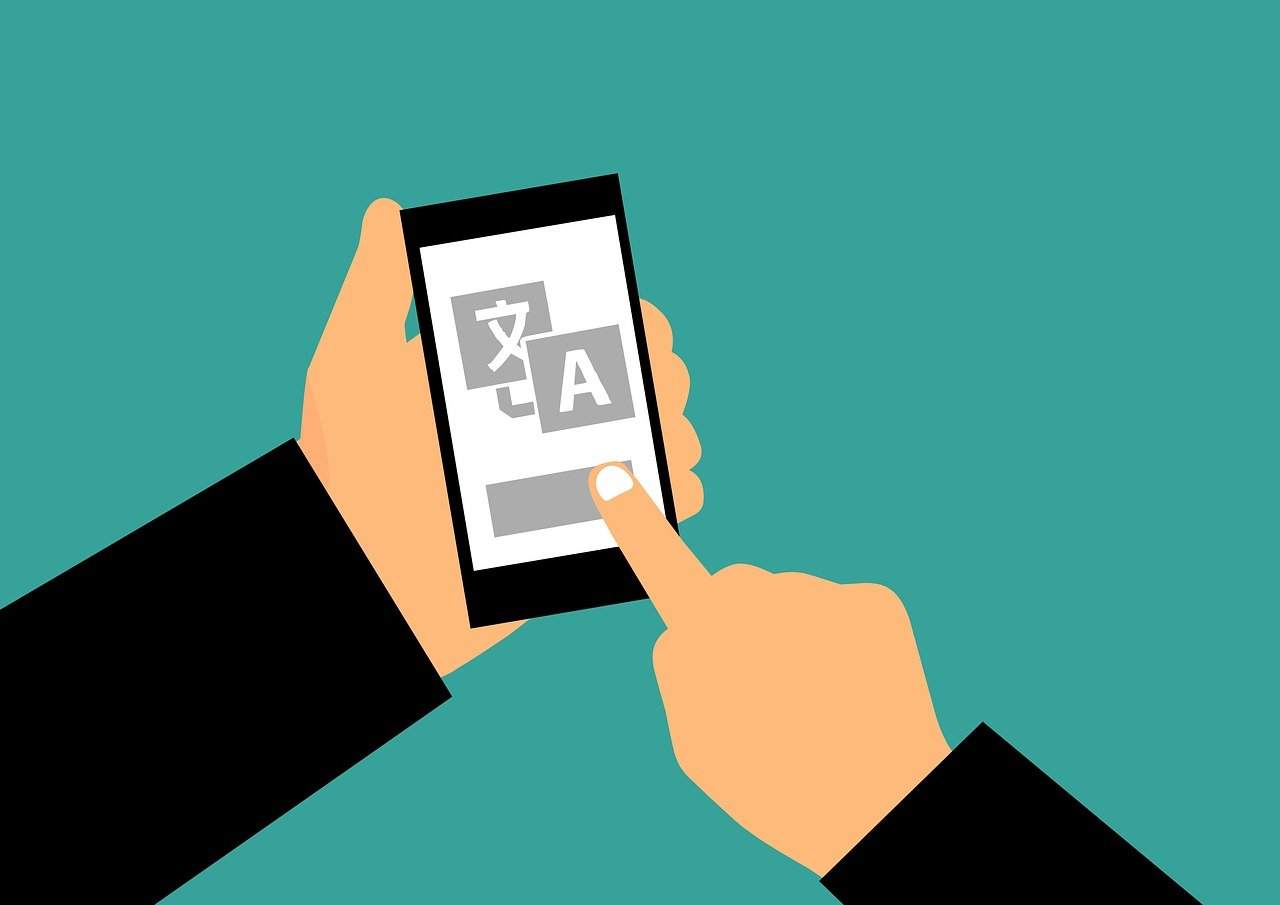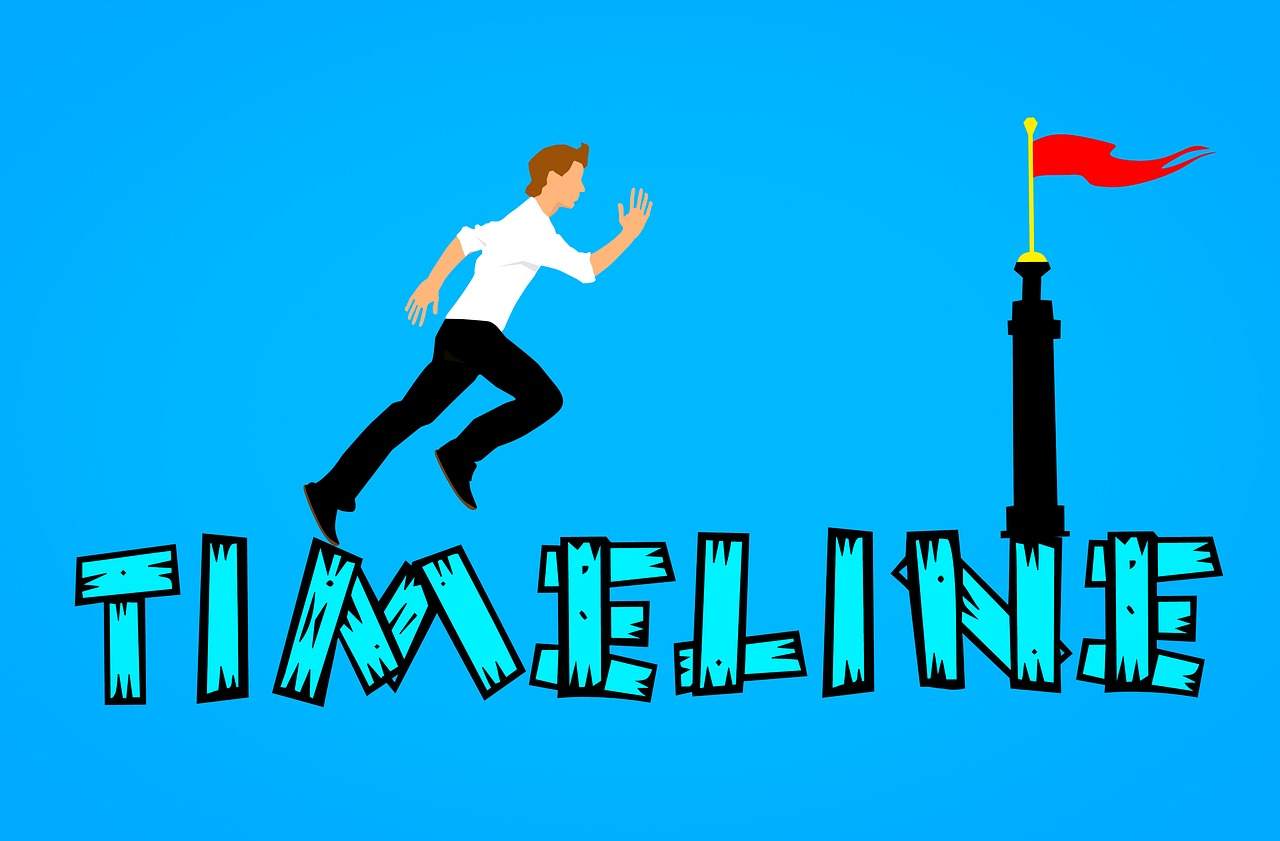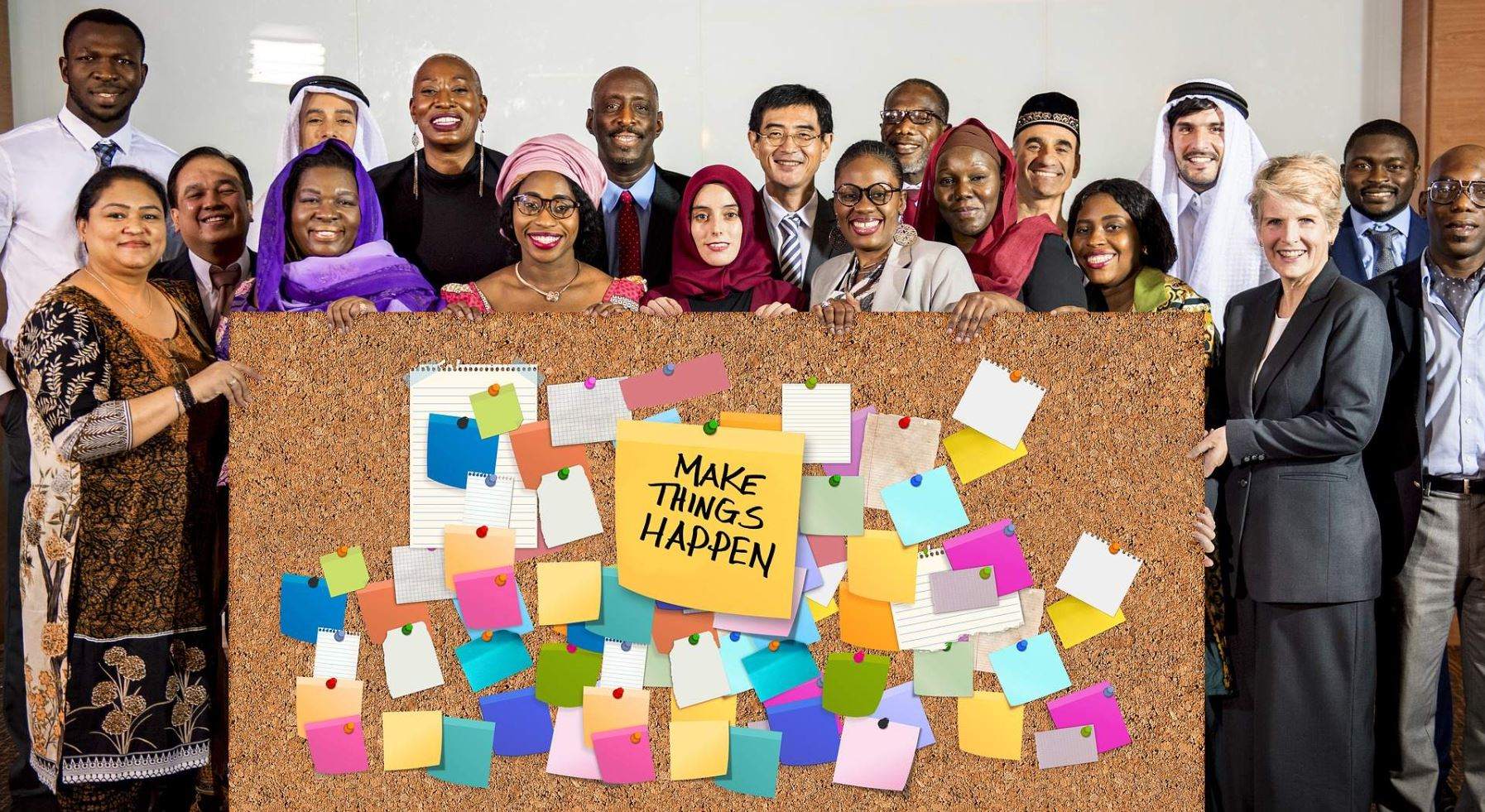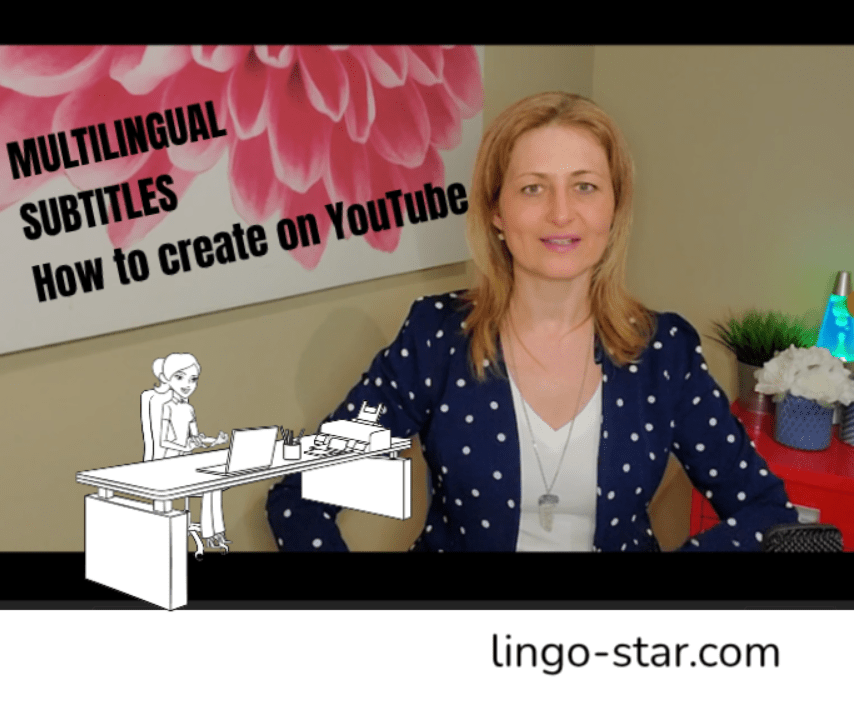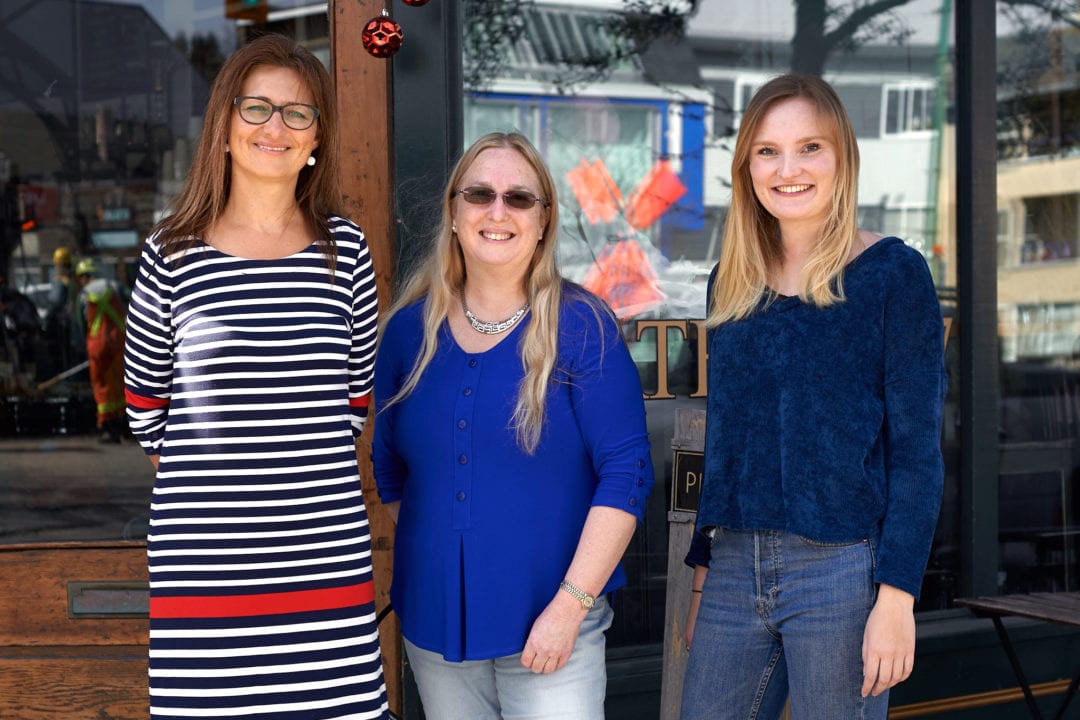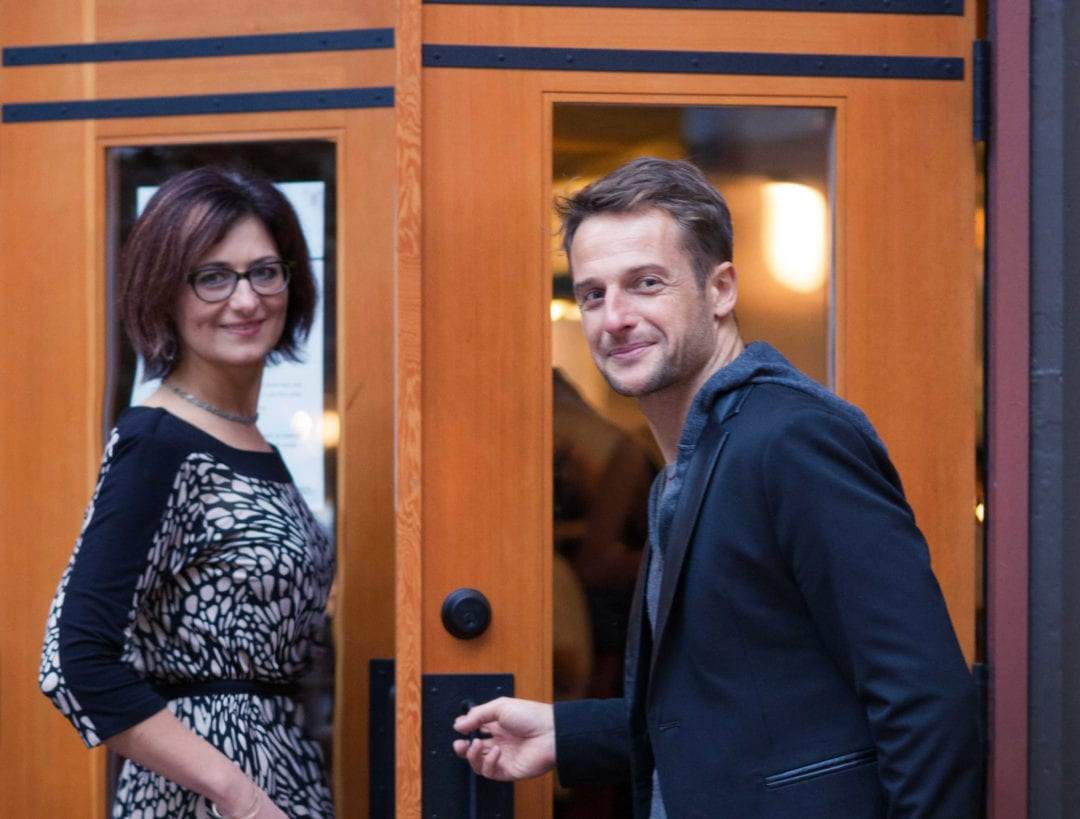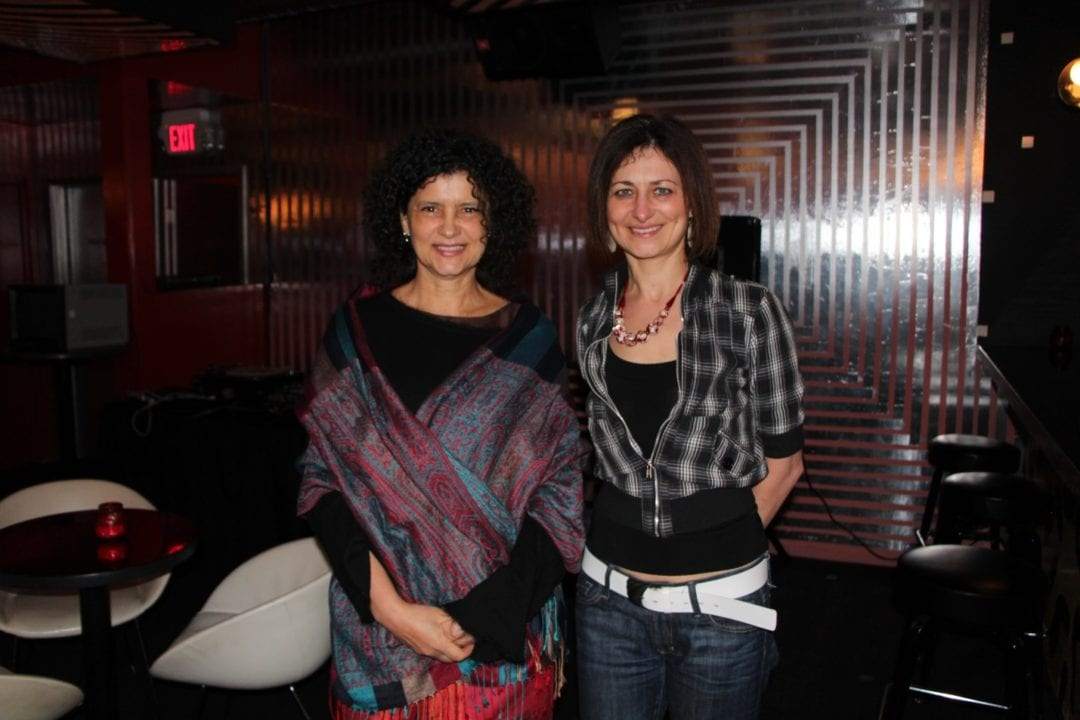Translation Services Canada – Welcome to LingoStar
Established in 2004, LingoStar Language Services is a versatile and resourceful language services company dedicated to excellence in quality and customer service. We provide cultural and industry-appropriate language solutions tailored to your specific needs. Ready to go global? Do you want to reach multilingual communities?
Read more about LingoStar’s translations…
Explore Website Translation & Localization | LingoStar
Interested in website translations? Go global with your multilingual site!
Read more about multilingual websites…
Download our FREE eBook or Read more about LingoStar website translation guide…
Website Translation Free E-book
TRANSLATION
LingoStar provides translation of all types of written documents of any kind of complexity. Whether it is a personal document, a complex medical report, a technical manual, or a patent of a new design – we are here to help you.
INTERPRETATION
Are you looking for the right person to interpret spoken texts in a conference, provide training, or translate verbal negotiations? LingoStar Language Services can help you find a professional interpreter that will fit your exact needs. Reach out to multilingual communities with our interpreters.
VOICE-OVER
All of your audio and media files need to be localized if you want to attract your target audience. Voice-over translation is perfect for this purpose. With LingoStar you can find the perfect voice-over artist to help your business reach your target market.
WEBSITE TRANSLATION
Do you want to establish credibility with international customers? We can provide website translation to French, Spanish, Chinese, Russian, and many other languages to help your customers understand and use your services or products.
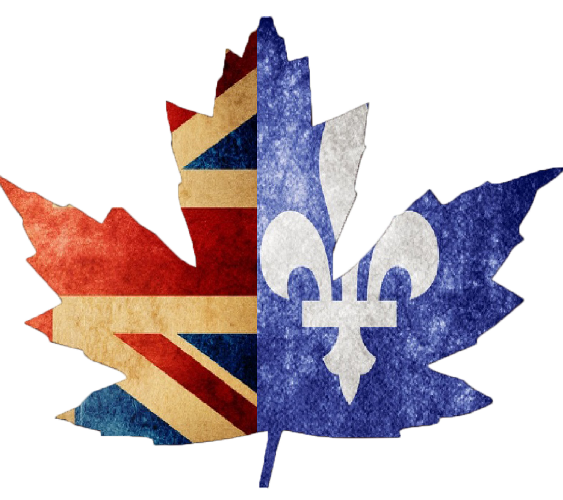
GO CANADIAN. GO BILINGUAL.
We are a Canadian company and specialize in English to French translation.
Need translation from Canadian French into English or English into Canadian French?
EMPLOYMENT OPPORTUNITIES
LingoStar is looking for reliable freelance translators, interpreters, proofreaders, desktop publishers, voice-over artists, transcribers, tutors, tour guides and other language professionals who will work with us to deliver high quality services within set deadlines.
MOST RECENT BLOG ARTICLES
Professional Linguists Behind the Scenes of the Film Industry
What we’ve been up to! It has been a long time since we updated you on our on-going projects! At LingoStar, we like to work on a wide variety of topics and we learn from each of them. All our professional linguists are fully-qualified and come from different backgrounds. Therefore, we always have a team member able to meet your needs. In this new blog post, we shine the spotlight on the role of languages in the film industry. We also introduce you to some outstanding projects we recently completed. To what extent are language professionals involved? The film industry relies on a wide range of linguists. You might think of dubbing and subtitling, which are obvious fields of specialization for professional linguists in the audiovisual industry. But there are others you may not have thought about! For example, production companies hire localization professionals for movies made in other countries, or movies that have plots in which different cultures are involved. Indeed, even if the director might know the target culture, it is likely that the actors, screenwriters, costume designers, etc., will need training on the particular culture in the film to portray a true representation of that culture. Behind the scenes, language specialists can play a big role, too! As professional linguists, we contribute! Currently at LingoStar, we are working on an interesting project for a film series where we play both the role of a tutor and translator. The characters in the series often have to speak Latin, which is very interesting for us as Latin is often referred to as a dead language, but in this... read moreIs the language of Emoji a mirror of our personality?
A decade of change in communications Can you picture yourself answering a simple “Ok.” when receiving a text? Ten years ago you certainly would have and it is likely that you didn’t even know what an Emoji looked like. With the exploding increase in use of smartphones, you won’t have missed that the language of Emoji has been added to the 7,000 languages spoken worldwide. The 7001st language During the last decade, we have seen that people don’t use their phone as a simple tool anymore. It has quickly become a second version of one’s self. Your smartphone is your reflection in the mirror. You can easily tell whether someone likes a little colour in their life or prefers minimalism by looking at their phone case. The apps they download reveal a lot about their lifestyle. The wallpaper hints about their personal life. But what is betraying us in our way of speaking? Guess! The language of Emoji allows us to transcribe our emotions and tone much more efficiently than using words. How and when did the language of Emoji appear? It all started with the emoji’s ancestors : the emoticons. Emoticons were the very first common digital language. Combining existing characters in chatrooms allowed to insert emotions in a message. For example, if something made you happy you would write “:-)”. The first actual Emoji is born in 1999, in Japan, by Shigetaka Kurita, by request of the mobile carrier company DoCoMo. Their aim was to offer their customers a catchy and effective new way to communicate. For example, one could send an icon of a raining cloud... read moreChildren and the importance of foreign languages
Academic year resolutions for your children The backpack is ready, the sandwich is in the lunchbox, fall breeze starts to blow… it’s that time of year again: back to school! What resolutions have you made this year for your children? At LingoStar, we think that speaking foreign languages from a young age is an asset in every aspect of life. What is your opinion on the matter? Why is childhood the best time to learn a foreign language? Many studies prove that the best time to introduce someone to a foreign language is before the age of twelve. The language function is in development and soaks up vocabulary, grammar and pronunciation much easier than it will ever do in the future. Now, you might be wondering if it is not confusing for children to be exposed to foreign languages while they are still learning their native language. Scholars have demonstrated that bilingual children have the capacity to differentiate between two languages before even having the ability to talk. Therefore, they won’t mix them up when it is their time to talk, as changes are naturally made in their brain to assign certain words and sounds to the language they belong to. They also claim that it is totally fine to teach children two languages until the age of five. After this age, three new languages can be introduced. Is the study of a new language profitable to my children’s personal growth? Teaching different languages to your children is a very good way of providing education. It will improve their creativity, develop curiosity and give them more general knowledge. The... read moreLingoStar Translation Agency has launched a new series of interviews and stories about interesting people and artists who recount their life experiences to us. We are happy to know that there are so many talented, extraordinary people and that we have a chance to share these stories with you!
If you have a story to share with us, it can be featured here too!
Showcase your art & skills by providing us with an interview.
Do you love languages and different cultures? Tell us your life story!
Has translation helped your company thrive? Be our case study!
Working with LingoStar on many multilingual projects for both translation and voice-over is a real pleasure. Their work is extremely well-managed and the attention to detail – a must in the translation field – is outstanding. Thank you, LingoStar!
Gemma ScottLingoStar consistently delivers on time and in the format that best suits the needs of our business. We often need last-minute translations, and LingoStar’s highly professional team of translators has never disappointed.
Sina Noureddin
MOST TRANSLATED LANGUAGE PAIRS IN OUR OFFICES:
Vancouver
%
English to Chinese Translation
Toronto
%
English to French Translation
USA
%
English to Spanish Translation






